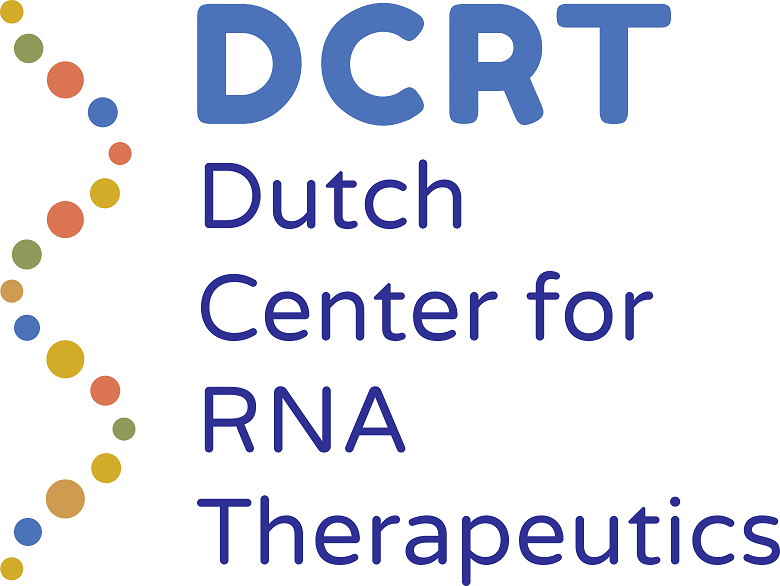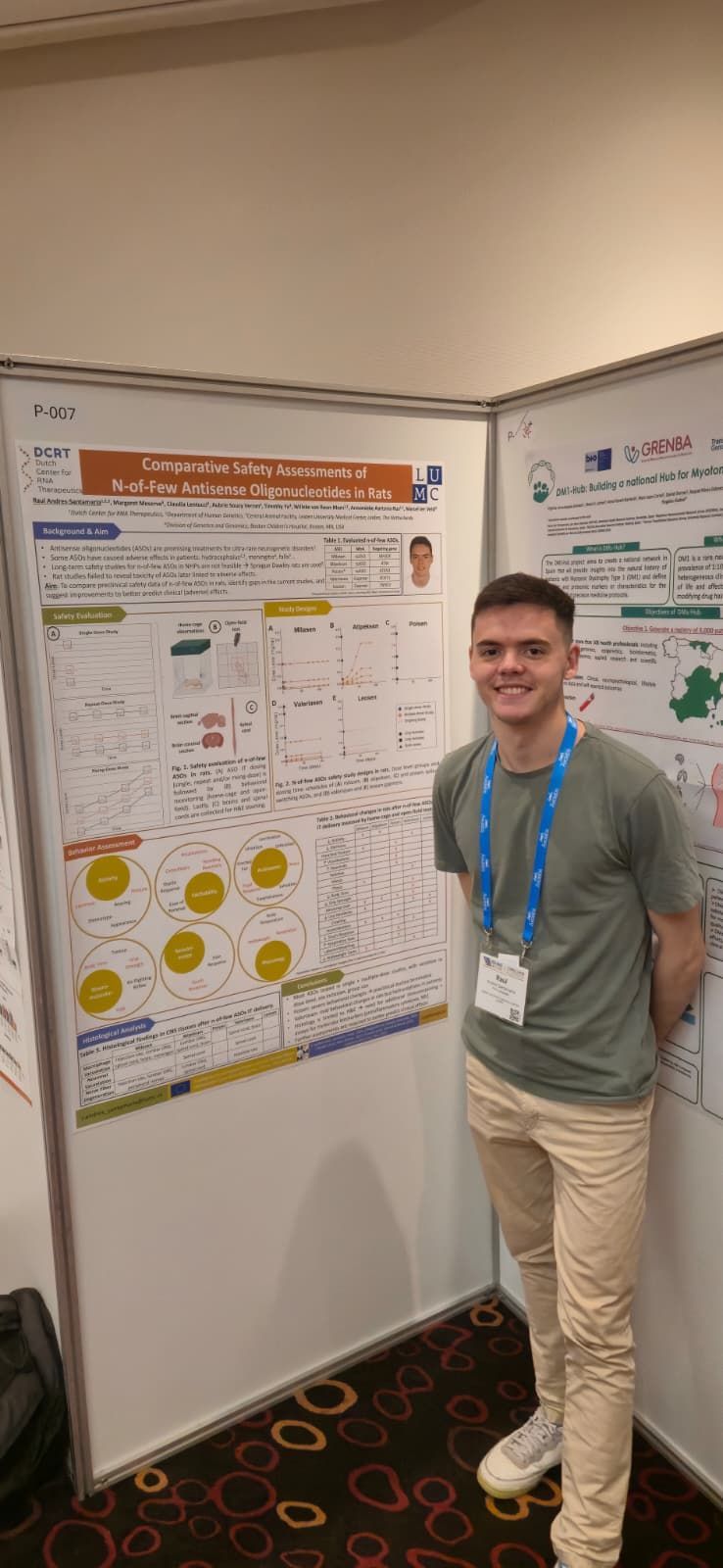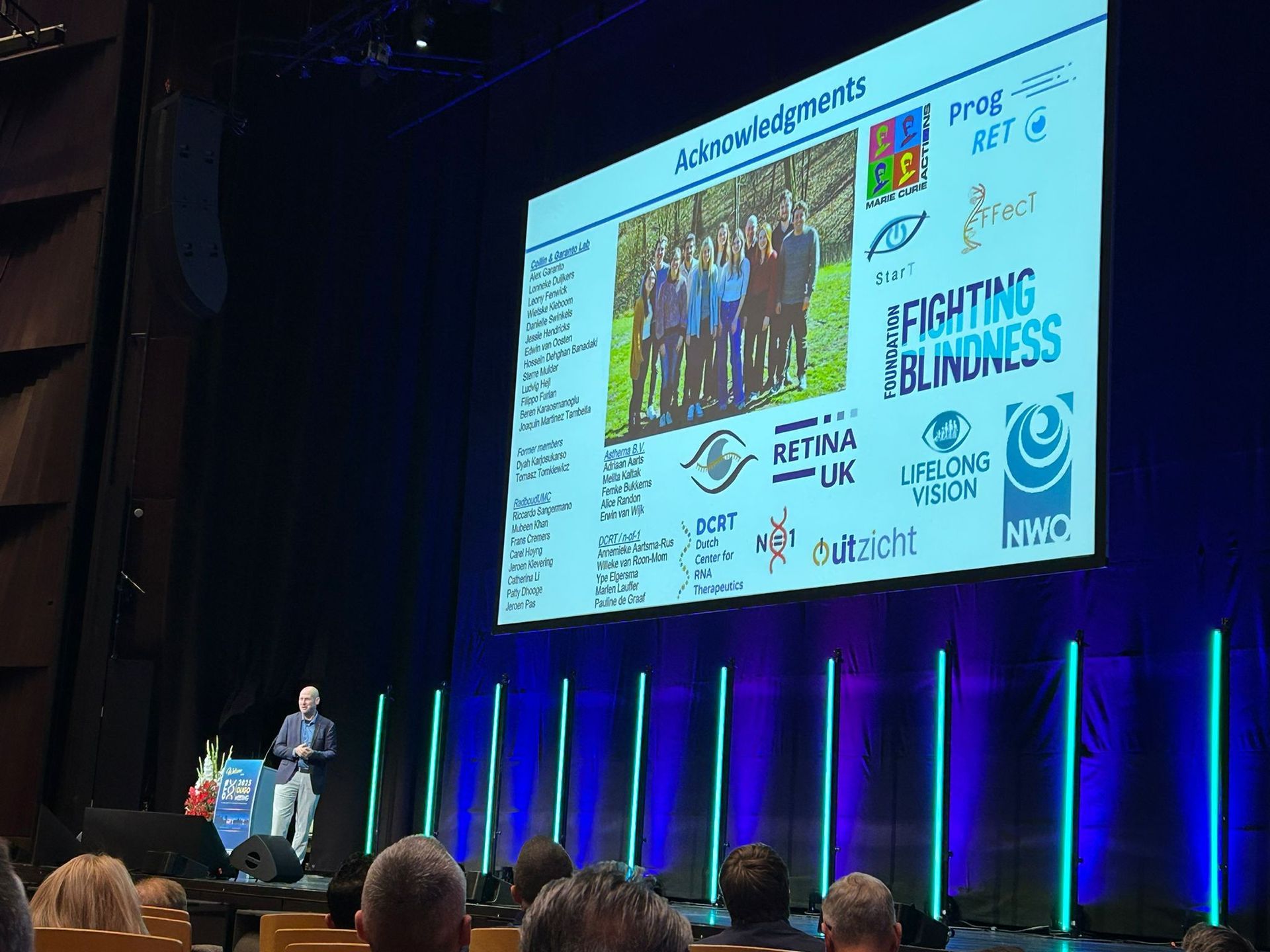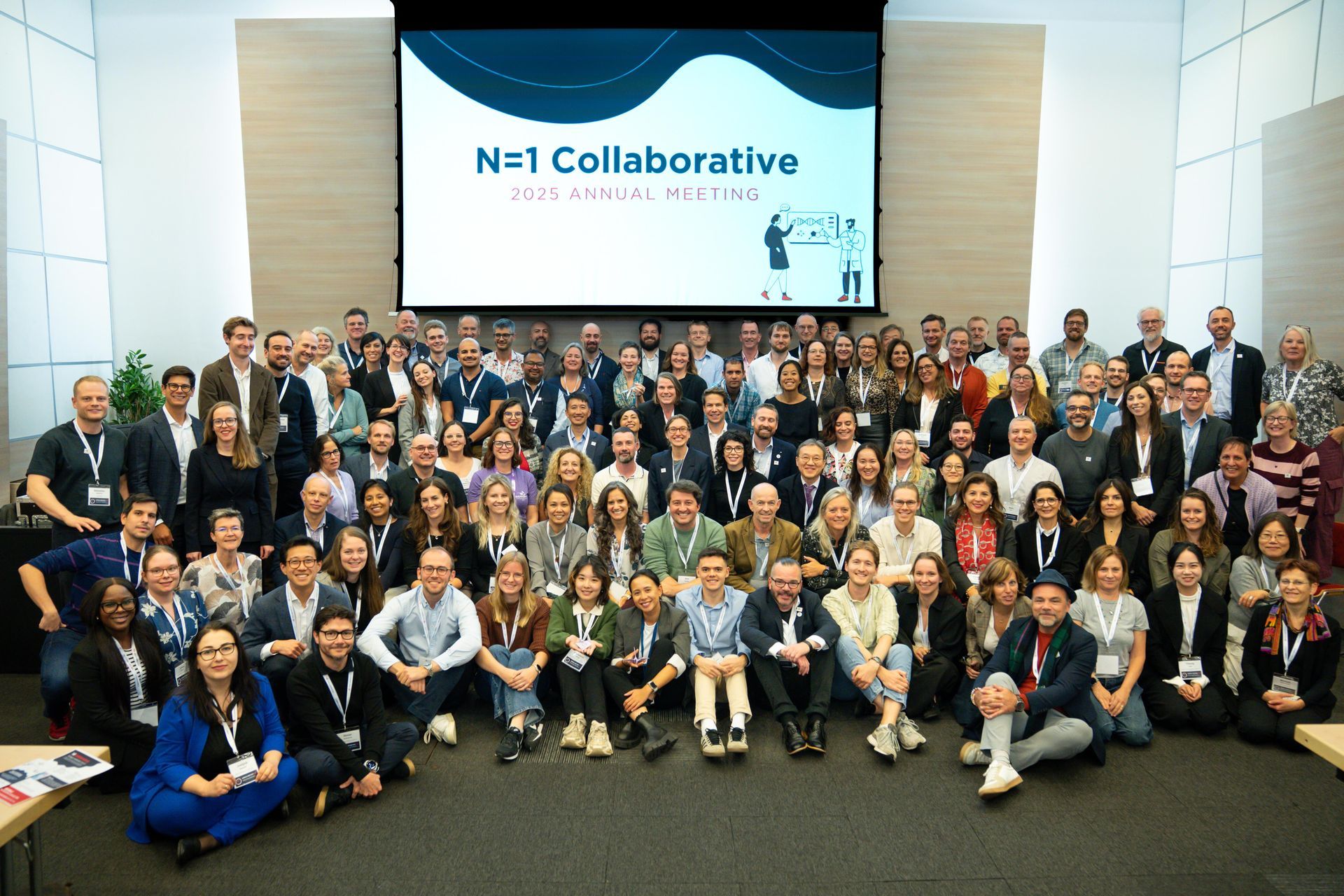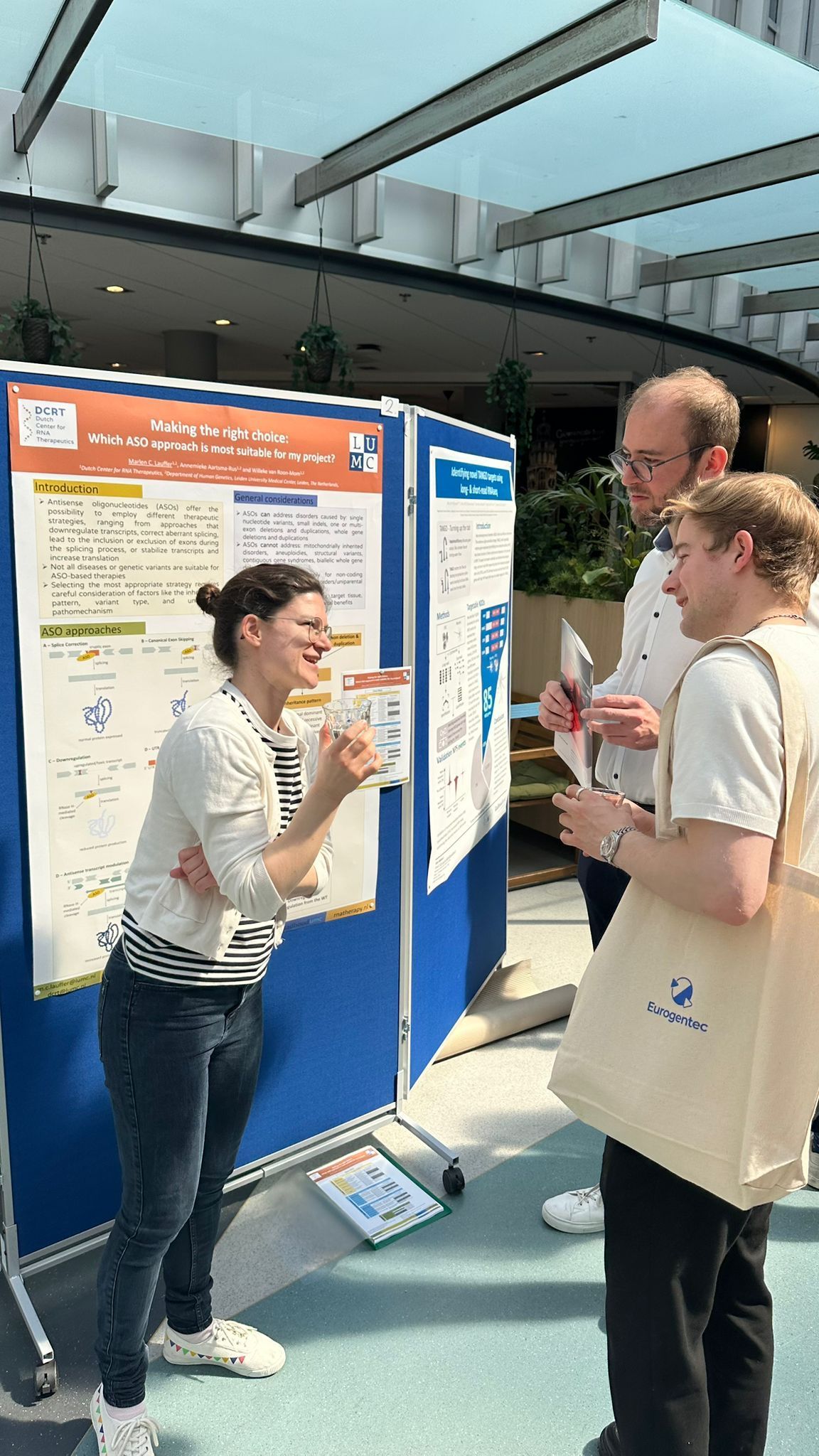Summary latest advances in delivery of RNA therapies

Researchers from the neurodegeneration group in collaboration with other participants from an EU COST Action summarise the latest advances in delivery of RNA therapies.
Drugs that target RNA were considered a curiosity until recently, used mainly in research in rare diseases and personalised therapies. However, this new research field has registered a boost in the last few years, with more than a dozen drugs approved for clinical use and many other in different stages of development. Although rare diseases still constitute a major target, many of these drugs are being developed for common diseases such as hyperlipidemia or certain cancers.
The main hurdle of this type of drugs is the delivery to the relevant tissue or organ after administration and the fact that, on their own, they cannot be taken up efficiently by the cells to do their function.
In an article published recently in EMBO Molecular Medicine (1), a group of researchers working on different aspects of the development of this new class of drugs, summarise the major challenges in their delivery, revise the different options that have emerged in the last few years and the issues related to safety for their use in patients. The authors anticipate that this type of drugs will shortly be in use for one or very few patients (personalised medicine) or to treat common diseases, resulting in further accelerated development.
The co-authors of the article, 22 in total from 14 different countries, form part of a EU COST (Cooperation of Science and Technology) funded network (www.antisenserna.eu), thanks to which they are working together and exchanging their expertise with the final goal to bring beneficial treatments to patients.
published on Apr 21, 2021
1. Hammond SM, Aartsma‐Rus A, Alves S, Borgos SE, Buijsen RAM, Collin RWJ, et al. Delivery of oligonucleotide‐based therapeutics: challenges and opportunities. EMBO Molecular Medicine. 2021.
